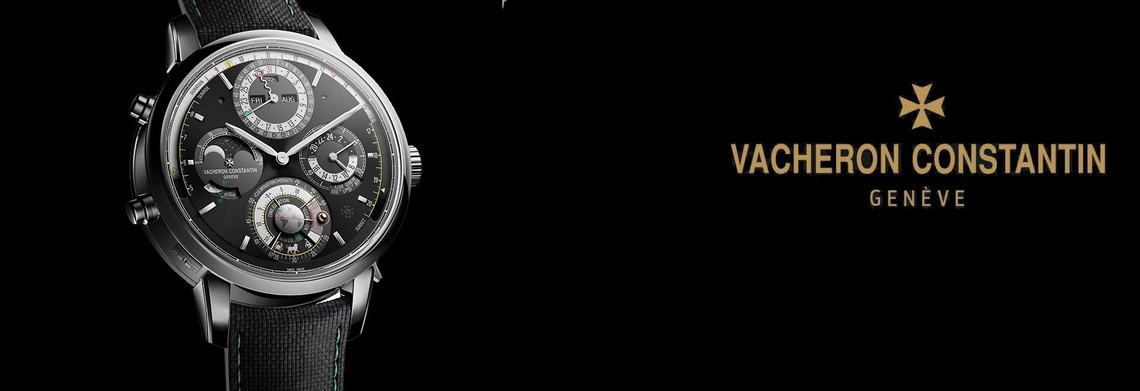Vacheron Constantin Métiers d’Art Tribute to great civilisations – Buste d’Auguste
Functions
- Hours
- Minutes
- Day
- Date
Movement
- Self Winding/Automatic
- Poinçon de Genève (Hallmark of Geneva)
- Swiss Made
Case
- Round
- White Gold
- Polished
- 12.90mm
- 42.00mm
Glass
- Sapphire
Water resistance
- 3.00atm / 30.00m / 100.00ft
Buckle
- Pin Buckle
- White Gold
Strap
- Mississippiensis Alligator
- Burgundy
Year
- 2022
Official description
Shown wearing the oak headdress, Augustus appears older in this marble bust than in other crowned effigies, often linked to the date when he was honoured by the Senate with the civic crown in 27 BC. Whereas Augustus was 36 in this year marking the start of the Roman Empire, the portrait is that of a man in his fifties. As is often the case with this type of depiction, the principate’s hair falls in heavy locks over his forehead. We see an emaciated sovereign, as he was at the dawn of his old age. His features are nonetheless the subject of an idealisation conveyed on the coins made in the workshops of Rome and distributed throughout the Empire. The breastplated bust indicates that the emperor is represented as a warlord, in order to emphasise that his authority originated exclusively from the will – albeit fictitious – of the citizens. The carved gold applique reproducing this Buste d’Auguste offers a striking sight in which the drape of the cape accompanying the breast plate, secured by a fibula, echoes the curling locks held by the oak crown.
The centre of the dial is enamelled in blue-green, while its periphery is adorned with stone micro-mosaic. This is the famous fourth- century mosaic discovered in Lod, Israel, that served as the inspiration for the ornamentation motifs found on the dial periphery. The difficulty for the master lay in the fact that any error in the positioning and gluing of the tiny hard stone fragments would have required re-enamelling the Grand Feu dial used as a base. Meticulous care was required when adjusting the stones so as to follow the contours of the motifs and their colours. No less than seven different types of stones – 660 in all – were used to compose this micro-mosaic: quartzite, cacholong, dumortierite, mochaite, red jasper, grossular, red aventurine. For the outer frieze in white gold, featuring line engraving and patinated by firing in the kiln, another mosaic served as inspiration: the one depicting animals playing musical instruments, also from the fourth century and discovered in Sousse, a port city in eastern Tunisia. The Latin script engraved on the sapphire crystal bearing the bust of Augustus are drawn from a dedication addressed to the Genius (divine protector) of the city of Rusicada (Skikda in Algeria). The text commemorates its installation by a local dignitary who opens his invocation with a tribute to the emperor. The very one that endows this Métiers d’Art Tribute to great civilisations – Buste d’Auguste watch with its unmistakable aura of immortality.



